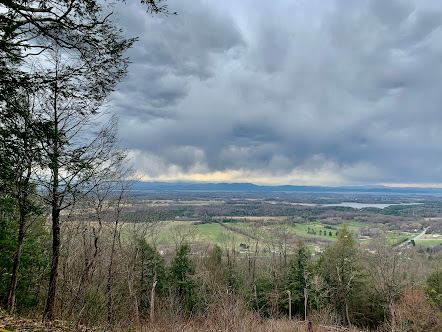The ground is dry. I smell the dryness of the woods. Their shadows look more inviting, and I am reminded of the hum of bees.
The pines have an appearance they have not worn before, yet not easy to describe. The mottled sunlight and shade, seen looking into the woods, is more like summer.
At the Second Division Brook the cowslip is in blossom.
The butterflies are now more numerous, red and blue-black or dark velvety.
Observe two thrushes arrived that I do not know.
Discover a hawk over my head by his shadow on the ground.
The butterflies are now more numerous, red and blue-black or dark velvety.
Observe two thrushes arrived that I do not know.
Discover a hawk over my head by his shadow on the ground.
The acorns among the leaves are sprouted, the shells open and the blushing (red) meat exposed at the sprout end, where the sprout is already turning toward the earth.
Coming home over the Corner road, the sun, now getting low, is reflected very bright and silvery from the water on the meadows, seen through the pines of Hubbard's Grove.
Coming home over the Corner road, the sun, now getting low, is reflected very bright and silvery from the water on the meadows, seen through the pines of Hubbard's Grove.
H. D. Thoreau, Journal, April 29, 1852
Discover a hawk over my head by his shadow on the ground. See September 27, 1857 ("I see the shadow of a hawk flying above and behind me.”)
The art of life – not
having anything to do –
is to do something.




















